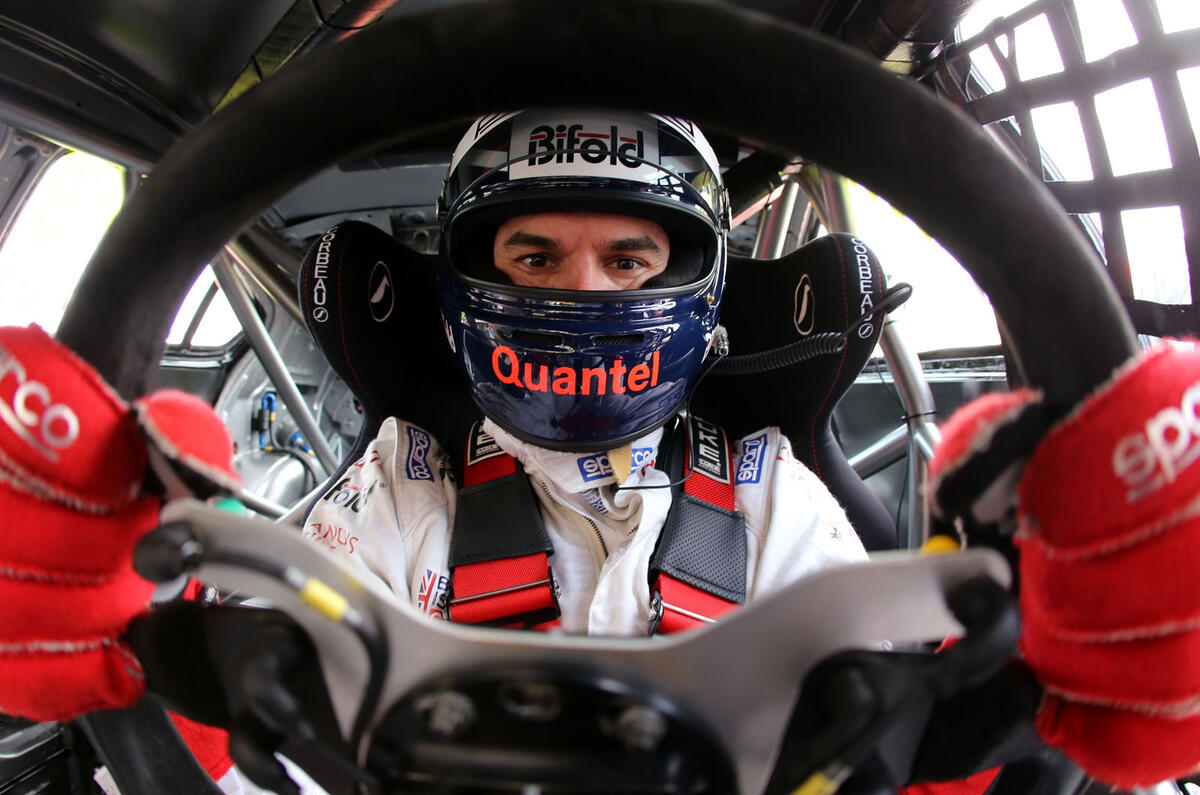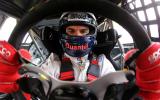As a business case for competitors and entrants, the Dunlop MSA British Touring Car Championship stands head and shoulders above anything else that national motor racing has to offer in the United Kingdom.
The vast exposure through ITV4 audiences, websites and publications that dedicate themselves to reporting every nuance of the competition is a massive tick box.
But one of the most outstanding facts is the crowd size. The series says it is watched by 370,000 trackside fans over the course of ten two-day meetings. To put that into perspective, it averages 37,000 per meeting – the same size as an Everton or Aston Villa home Premier League football match.
One of the most interesting drivers on this season’s grid is Marc Hynes, returning to competition for the first time in five years. The reason for his sabbatical was that he was focusing on his job as the Marussia F1 team’s driver coach and he also undertakes commercial work for the team. It gives him a unique insight into both camps.
He has taken some of his F1 connections and put together a deal to race in the BTCC this season at the wheel of an MG6. The speed is starting to come as the former Formula Three champion readjusts to life as a tin-top driver, but there are so many other aspects of the BTCC that are reigniting his passion for the sport.
“What is nice is to be able to get in amongst the fans,” says Hynes. “Don’t get me wrong: Formula One is still a massive buzz and a huge draw. But when you are in F1, you are in a bubble – and that can sometimes be true for the sponsors as well.
"A partner can invest millions in an F1 team and they only have restricted access to the pits and garages – two or three passes at a time – and only for a limited amount of time. Okay, F1 is the top echelon of the sport and it has international appeal, but in terms of access it is very restricted and that can be a constant frustration.
“When I looked at the BTCC, it was almost the polar opposite. For corporate backers, it is perfect to be able to bring as many guests as they want. They can get into the garages, meet the whole team and drivers and get right up close and personal to the people they are supporting.
“What’s also great, from my point of view, is to be in a paddock where people talk to each other – and I mean teams and drivers, too,” he adds.
“People are there to do a job, but there isn’t the insular feeling you get in a grand prix paddock. The racing is hugely competitive and you almost don’t get time to breathe behind the wheel. There are battles everywhere, and that is what has made it such a massive hit with the spectators.”









Join the debate
Add your comment
What about the WEC?
Like F1...........!
I cant be doingwith highlights